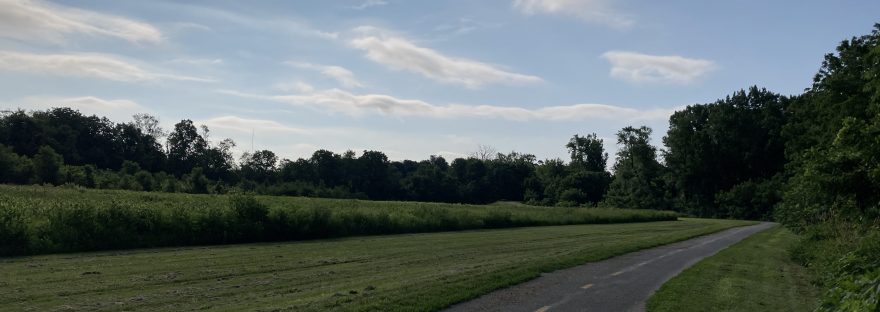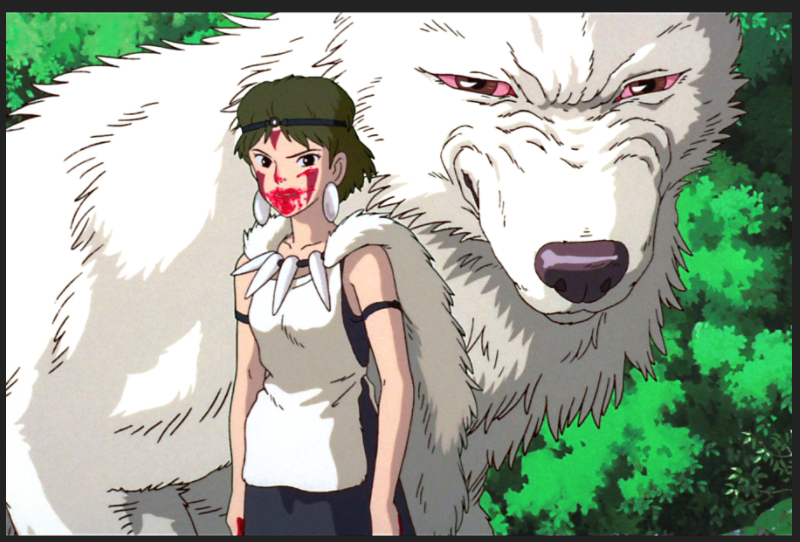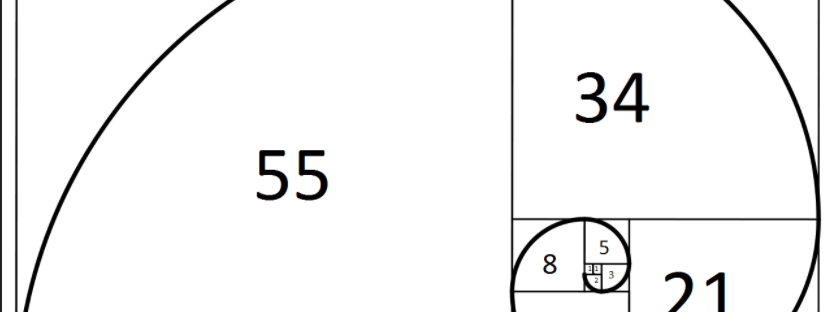I listened to a really fascinating podcast yesterday with Bruce Lipton. Bruce Lipton is a stem cell biologist, who around the age of 40, realized that we are not determined by our DNA. In his research, he noted that stem cells would become muscles cells if placed in one culture medium, bone cells if placed in a different culture medium, or skin cells if placed in a different medium. The cells themselves were all the same thing; they had all the exact same DNA, but they expressed themselves differently based on the solution they were put into.
From this observation, Dr. Lipton realized that we are not victims of the DNA we carry. The soup that our cells sit in affects how our genes express themselves (a concept called epi-genetics). And we do have quite a bit of control over the soup in which our cells swim. Our brains are constantly thinking thoughts that release different chemicals into the petri dish within our skin.
Try this experiment:
- Think about your first crush. Or your most recent crush. Think back to that time when your heart started to pound when your object of affection entered the room. Remember how you couldn’t take your eyes off of him or her. What happened when that person came close to you – maybe even just brushing lightly against or shoulder? Remember how it felt to catch their eye, and your heart just utterly stops.
What is going on inside your body right now? Are you suddenly warmer? A bit breathless maybe? Feeling some tingles?
Ok.
- Now think about a project you’ve been putting off – something you really, really don’t want to do, but you have to do it. But UGH. You SO don’t want to.
What are you feeling now? What happened to the state of tension in your body? What happened to your breath?
Can you see how your internal environment completely changed, but NOTHING CHANGED IN YOUR EXTERNAL ENVIRONMENT?! With your mind you were changing the hormones cascading through your blood, you were altering the PH of your blood by changing your breath, you were modifying the forces on your cells by changing the level of tension in your muscles. You created a completely altered inner world just by changing where you focused your attention.
Whoa.
How does this factor in to our pain experience?
I recently started physical therapy to help with some chronic low back pain. In the first session, the PT ran me through several assessments and noted that according to his testing, I don’t have any disc issues. I IMMEDIATELY felt a sense of relief and a lessening of pain. Absolutely nothing in my physical structure changed, yet my pain experience changed, because my thoughts changed.
Not to say that thoughts are the only input into our experience of pain or sickness. The external environment (what we breathe and eat) has an impact, as does the quality of our relationships. Our belief in a higher power, doing work we find meaningful, being active and moving our bodies – all these things contribute to the experience of pain in our body. But those pesky thoughts are pretty darn influential.
But what can we do about our thoughts?
First of all, you can just start to notice them. Build awareness of your thoughts. You can start to map out what’s going on in your head by breaking down your stories. I recently took a class on Emotional Intelligence, and it reiterated that the first step in developing your emotional intelligence is self-awareness. I thought I was pretty self-aware, but I utterly failed the pre-test. Feelings/emotions/moods were all jumbled up in my awareness.
So, if you’re like me and don’t really understand what you are thinking and feeling, you can experiment with breaking down what’s going on in your head into the following categories:
Event
Something that happens.
“It hurts when I try to bend over and put my socks on.”
Interpretation
Your thought about the thing that happened.
“Shit. My back is a hot mess, and I might need surgery.”
Feeling
Physiological sensations in your body.
“My heart is racing. I feel a bit shaky. My shoulders are tense.”
Emotion
Name the emotion you are feeling.
“I am doing Anxiety.”
Mapping out your thoughts like this can help you start to build awareness around them. And then eventually you can start working with that Interpretation section and start to explore possible other stories that might create a more positive “soup” for your cells to live in. Like, when I bend over and my back hurts, I can think, “Thanks for the reminder to do my exercises to strengthen my back.” And then I feel a sense of openness and warmth, and the emotion of calmness.
What stories could you notice today? What happens when you start to slow them down, pick them apart, and name the sensations you are feeling and the emotion you are experiencing? Here’s a sheet that will give you some language for describing sensations.
And with that, I’m signing off. Happy Sunday from soggy and chilly Iowa. AUTUMN IS COMING!!
Space to be Human Lab
- Do you want to feel more relaxed, more present, more aware and appreciative of the beauty around you? When we are in this state (called the parasympathetic state), our body can heal and renew itself, leading to decreased pain and improved performance. You can book a therapy session with me here; we can work together (aka co-create!) to find what tools and techniques you need to feel better in your body.
Newsletter signup
If you would like to get these newsletters sent to you directly, please click here.






